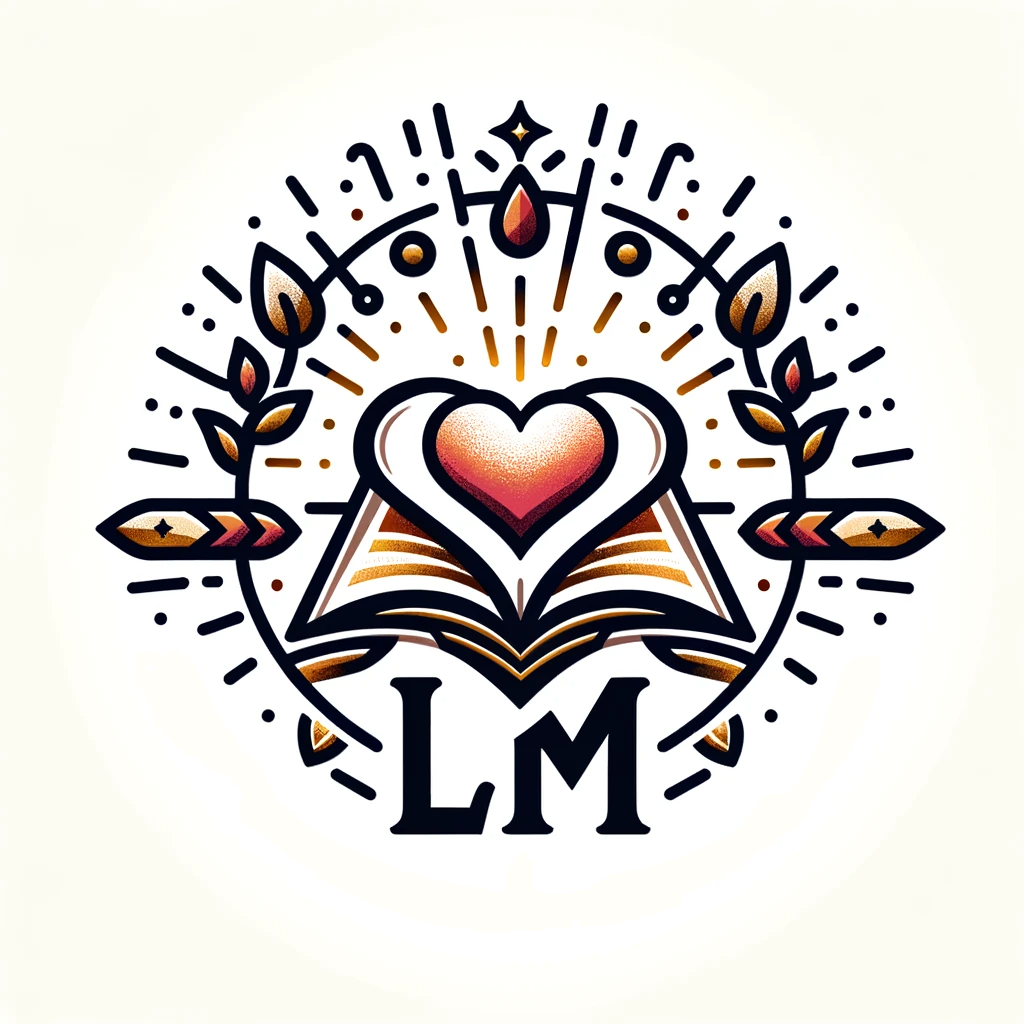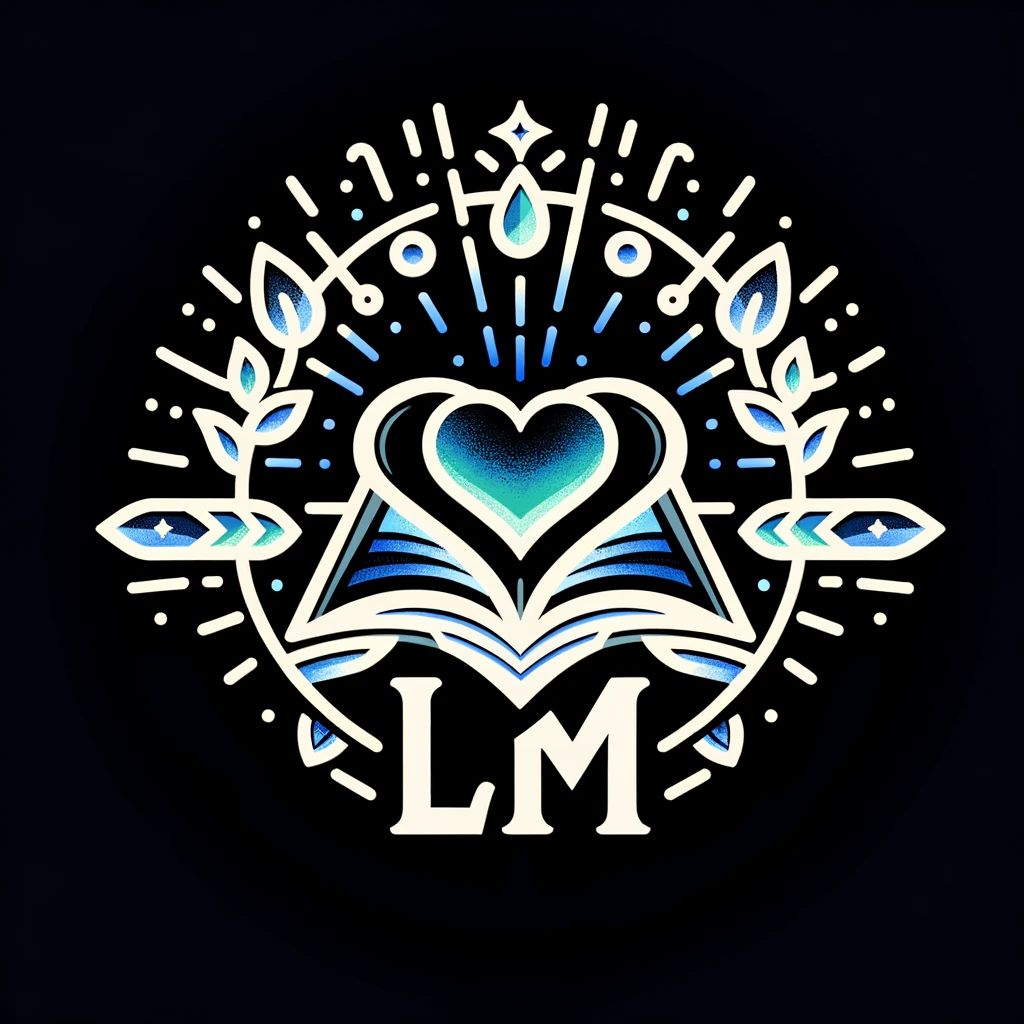
When it comes to understanding the divine nature of God, few declarations hold as much weight as His identification as ‘the Alpha and Omega’ in the Book of Revelation. This profound statement not only underscores God’s eternal presence but also invites us to delve deeper into the original languages of the Bible—Hebrew and Greek.
In this exploration, we uncover the interconnectedness of these languages, the pictographic meanings hidden within the Hebrew alphabet, and the delicate balance required in interpreting these symbols.
Coupled with biblical verses from both the Old and New Testaments, this article aims to illuminate the spiritual truths that emerge when scripture is examined through the lens of its original languages.
Contents
The Significance of ‘Alpha and Omega’
In the Book of Revelation, God declares Himself as ‘the Alpha and the Omega,’ using the first and last letters of the Greek alphabet to signify His eternal nature. This pronouncement serves to affirm His presence from the beginning to the end of time, epitomizing His omnipotence and sovereignty over all of creation. Through this powerful revelation, one gathers the importance of understanding the original scriptural languages to fully grasp these profound meanings.
The Interconnectedness of Hebrew and Greek Alphabets
The term ‘alphabet’ itself derives from the Greek words ‘Alpha’ and ‘Beta,’ which correspond to the first two letters of the Greek alphabet. However, the origins of these alphabets are deeply rooted in ancient Semitic scripts, underscoring a shared cultural and linguistic heritage between Hebrew and Greek. This interconnectedness allows for a richer understanding of biblical texts as these languages influenced each other throughout history.
Pictographic Meanings in the Hebrew Alphabet
The Hebrew alphabet is renowned for its pictographic origins, where each letter not only represents a sound but also carries a deeper symbolic meaning. For instance, ‘Aleph,’ depicted as an ox, symbolizes strength; ‘Bet,’ represented as a house, signifies dwelling; and ‘Daleth,’ illustrated as a door, denotes a gateway.
These pictographic interpretations enrich our understanding of the Hebrew language by expanding the letters’ significance beyond mere phonetics to more profound symbolic representations. Such an approach can offer an added layer of meaning to biblical texts.
Caution in Interpretation: Balancing Symbolism and Context
While the exploration of pictographic meanings can be intriguing, caution is essential in interpretation. Overemphasizing the pictographic elements may lead to skewed understandings, much like dissecting an English word letter by letter without considering its idiomatic and contextual use. Thus, it’s crucial to balance symbolic meanings with the broader context of the scripture to maintain interpretive accuracy.
God’s Eternal Nature: From Isaiah to Revelation
The concept of God’s eternal nature as ‘the Alpha and Omega’ is not confined to the New Testament. In Isaiah 44:6, God declares, “I am the first and I am the last; besides me, there is no god.” This continuity from Isaiah to Revelation reinforces the timeless and all-encompassing nature of God. The usage of ‘Omega’ in Greek, known as ‘the mega O,’ furthers this divine narrative, linking ancient wisdom to contemporary understanding and affirming God’s unchanging identity.
Unlocking Spiritual Truths Through Original Biblical Languages
The depth of meaning in God’s identification as ‘the Alpha and the Omega’ is richly magnified when we explore it through the original biblical languages of Hebrew and Greek.
By understanding the interconnectedness of these alphabets, delving into their pictographic representations, and exercising caution in interpretation, we unlock deeper spiritual truths that enhance our appreciation of Scripture.
By embracing the historical and linguistic nuances embedded in the Bible’s original languages, believers can gain a more profound understanding of God’s eternal nature and His sovereign word.





